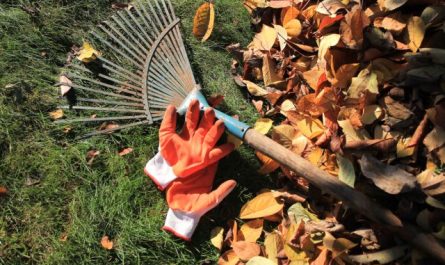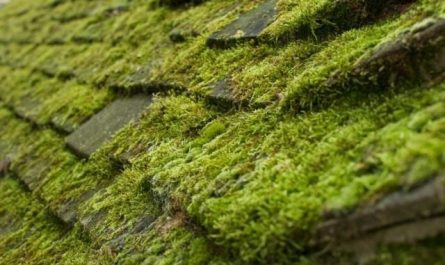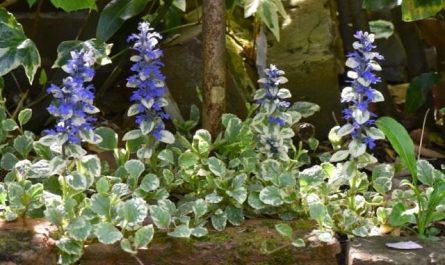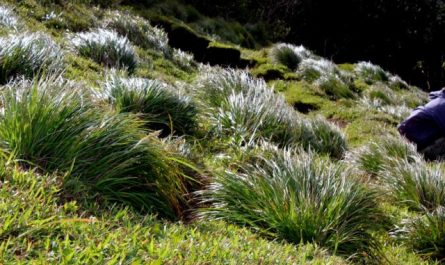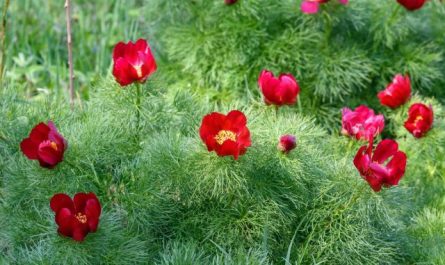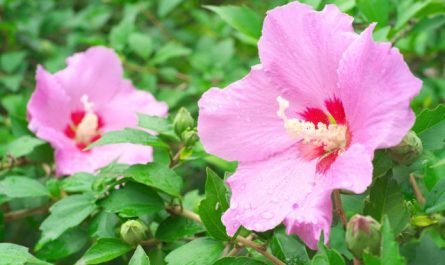The most practical and hardy of all irises are Siberian irises. The beauty of their flowering and the diversity of species and varieties are not inferior to bearded irises, but, unfortunately, they are still significantly inferior to their capricious relatives in prevalence. Reliable, persistent, long-lasting, requiring minimal care and surviving without it, Siberian irises form spectacular clumps and flaunt a wide palette of watercolor colors from the most delicate blue and lilac to purple, cream, violet, deep blue. Elegant, suitable for decorating easy-to-care-for gardens, varietal and species Siberian irises can pleasantly surprise with the simplicity of agricultural technology.

The right choice of lighting is a guarantee of success
Siberian irises can be grown not only in the middle zone, but also further north: they are considered a unique species that can be successfully cultivated throughout Russia. They are equally elegant and bloom beautifully both in the south and where the summer is short and the winters are extremely severe. Beautiful bright leaves and numerous flowers are an ideal that can be achieved without constant care.
Siberian irises belong to light-loving crops. Plants are especially sensitive to lighting in the conditions of the middle zone and further north, where it is better to plant this crop in open, light, warm and sunniest areas of the garden. In the south, Siberian irises can suffer from midday rays and it is better to choose locations where the plants will be illuminated in the morning or evening, areas with diffused lighting.
Siberian irises will not die even in dense shade, but they will not be able to bloom if there is a lack of sunlight. The lower the light, the later and less abundantly these representatives of the genus of irises will bloom.
They are not afraid of wind and drafts, flower stalks never lie down, and beautiful dense clumps of long sword-shaped leaves do not fall apart.

Soil for Siberian irises
Almost any soil is suitable for growing these irises: even initially unfavorable conditions can be easily compensated by adjusting the care. The only thing to avoid is excessively poor, extremely acidic or alkaline soils. Even the characteristics of loose, dry, constantly waterlogged soils can be improved.
Irises feel most comfortable in well-drained, fairly dense, but cultivated and high-quality soil with a neutral or slightly acidic reaction. Loams with a high humus content are a great option. Siberian irises feel good in ordinary flower beds and mixed borders, but are no less colorful in unfavorable conditions for other irises – in low areas with high humidity and short-term flooding (wetting is only allowed in spring and summer), in elevated and windy areas.
On marshy, constantly waterlogged soils it is enough to lay high-quality drainage for them, on excessively dry soils it is only necessary to include supporting watering in the care program, and on sandy soils – add clay and organic fertilizers when planting. Moreover: Siberian irises themselves actively improve the soil, having a disinfecting effect and beneficially influencing its characteristics.

Rules for planting Siberian irises
Before planting Siberian beauties, you should not be lazy to dig up the soil again and, if necessary, adjust its characteristics. When digging, you should very carefully select the rhizomes of weeds.
The optimal distance for irises is from 60 cm to one meter between clumps.. Siberian irises annually build up lush clumps, expanding in width, and a decade after planting, their volume can exceed 2 meters. When buying, do not forget to clarify the information about specific growth rates and the optimal distance to neighboring plants: this group of irises has both fast-growing varieties and hybrids that grow very slowly and take up less space.
The planting itself is quite simple. The rhizomes of Siberian irises, unlike bearded irises, need to be deepened into the soil so that about 3-5 cm remains to the surface. Planting holes are dug individually, their size should correspond to the size of the rhizome. It is installed carefully, trying to ensure that the roots do not bend during planting. Immediately after planting, it is better to mulch the soil with any available material (grass, peat, compost).

Care required for Siberian irises
Siberian irises will decorate gardens even without minimal care, but they will respond to care with gratitude with abundant flowering and beautiful clumps of leaves, releasing up to 200 flowers on one plant. But even the most careful care cannot be called anything other than modest and trouble-free.
Fertilizers are very important for these irises, which will allow you to get a truly impressive number of flower stalks. For beardless irises, it is advisable to use fertilizers that acidify the soil – ammonium or potassium nitrate, for example. Fertilizers are applied twice a year, immediately after the snow melts at the very beginning of spring and immediately before flowering, when flower stalks are just beginning to appear (if you miss the deadline, it is better to postpone the second feeding until the end of the flowering period).
For these plants, it is advisable to constantly maintain a mulch layer: Siberian irises like it when their rhizomes remain cool. Every year, you need to add soil to the rhizomes to maintain the usual depth level. Watering is carried out as needed, to maintain light soil moisture and during drought. Siberian irises are not afraid of the latter, but will respond to watering during flowering only with gratitude. There is no need to worry that regular procedures will complicate garden care: Siberian beardless irises prefer rare procedures with deep soil impregnation.
Pruning of plants consists of removing flower stalks and pre-winter cutting of leaves.. It should be carried out only with the arrival of severe cold weather, when the process of laying flower buds has already stopped, and the leaves are marked by the breath of winter. The foliage on the turf is cut at a height of about 10-15 cm. If you doubt the timing, leave the pruning for early spring: it can be done before the first feeding.

Reproduction of Siberian irises
For this group of irises, only one method of propagation is applicable – division of adult plants. It is quite easy to choose the timing for the procedure: the optimal time for digging up Siberian irises is considered to be the period of complete rest, which occurs approximately 1 month or a little more after flowering. Transplantation and division can be carried out starting from mid-August and early autumn, under favorable weather conditions – up until the end of October.
The division procedure itself is not too complicated. The clump of leaves should be cut to 1/3 of its height and the bushes should be dug up, preserving as much of the earthen lump as possible. After examining the rhizome, future divisions are marked out, leaving 3-8 fans in each. The sections are carefully separated from the dug plant with a sharp knife or shovel and transferred to a new location as quickly as possible. Drying of the rhizomes is acceptable for irises, but in this case, before planting, they should be soaked in water until the tissues are completely restored. Pre-planting soaking is carried out from several hours to 2-4 days.

Siberian irises need to be replanted
Siberian irises are among the longest-lived representatives of the family. They do not lose their decorative qualities for decades, do not require replanting and constant rejuvenation. In one place, provided there is enough free soil to increase the volume and with at least minimal care, they can tirelessly bloom even at the venerable age of 20-30 years.



